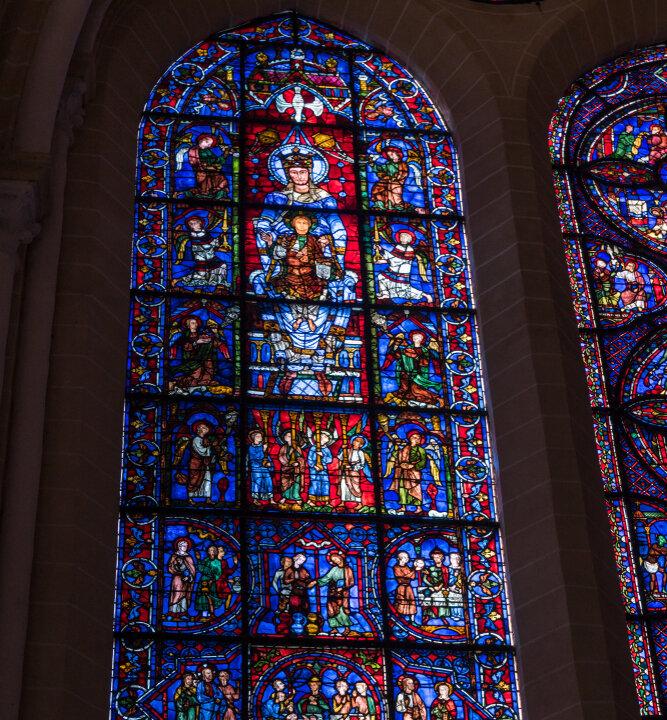The sun’s rays entering the nearly 27,000 square feet of stained glass windows of Notre-Dame de Chartres Cathedral create thousands of colored shards that bathe the interior in ethereal beauty. But beyond this earthly splendor, every one of the more than 175 glorious stained glass windows inspire and encourage worshipers to venerate the Virgin Mary and look up to God.
Located just 50 miles from Paris, Notre-Dame de Chartres Cathedral, also known as the Cathedral of Our Lady of Chartres, “is one of the most authentic and complete works of religious architecture of the early 13th century,” according to the UNESCO website.






